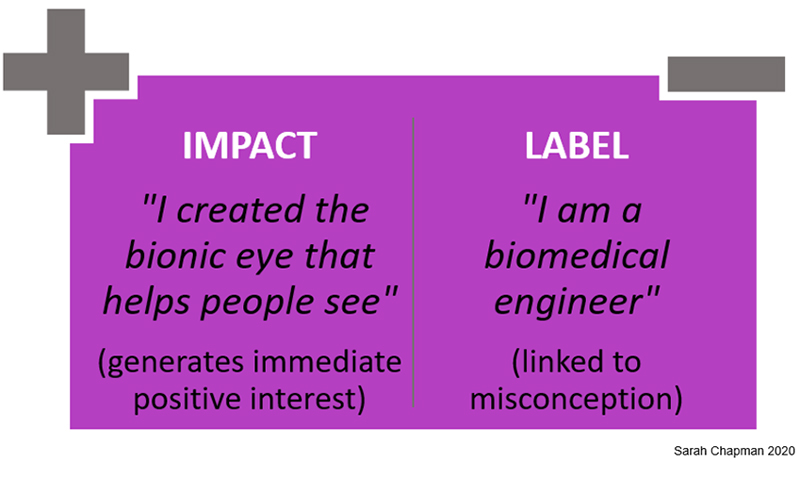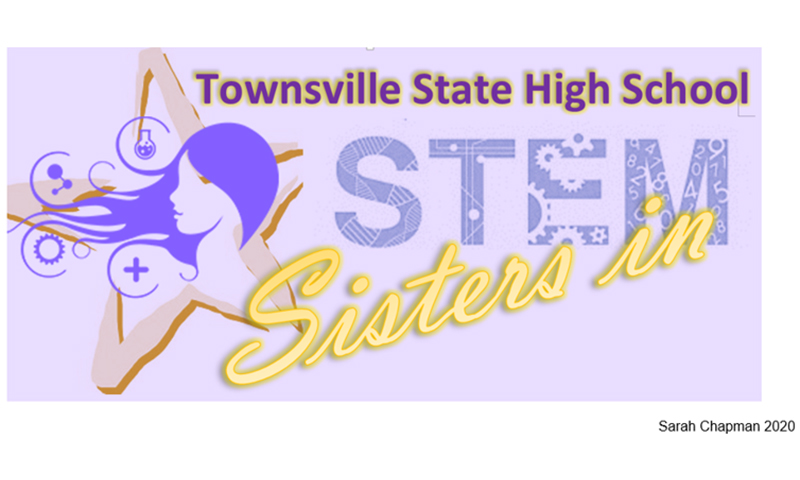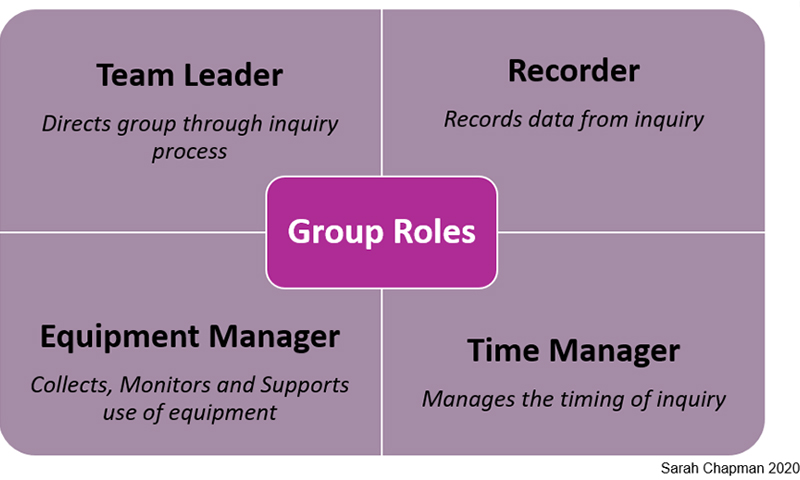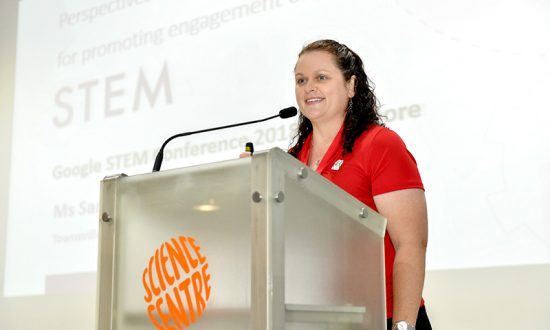Passionate about inspiring, engaging, and empowering people through STEM, Sarah Chapman fuels sparks of curiosity in the classroom that build strong lifelong connections with the wonder, ingenuity and dynamic possibilities of STEM. She is the Founder of the Townsville STEM Hub, an Executive Committee member of Women in Science Australia, and Director on the Board of Australian Girls ESTEAMME Collaborative. In March 2019, Sarah was awarded a prestigious Commonwealth Bank and Australian Schools Plus national Teaching Award. She is one of twelve Fellows that received a Teaching Fellowship, to support projects and development of her school that is based in a disadvantaged community. Sarah was elected as a Fellow of the Royal Australian Chemical Institute (FRACI) in 2018. Sarah is also an inspirational keynote speaker and workshop presenter at local, state, national and international STEM events. She is also regularly consulted by a range of institutions for the advice around vision and direction of STEM engagement and education.
Already three-quarters of the fastest-growing occupations require STEM capabilities and the need for STEM-qualified workers is expected to increase in the future (PwC, 2015). There is a significant gender disparity in STEM globally, with females represented in less than 30% of STEM job sectors (UNESCO, 2018). Unless the gender imbalance is addressed, a significant shortfall of appropriately skilled and diverse workers will influence our future prosperity and growth.
In 2016, I conducted global research as part of the Barbara Cail STEM Fellowship, funded by the Australian Government (Office for Women, Department of the Prime Minister and Cabinet), in partnership with the Chief Executive Women (CEW) Ltd. In 2017, the research paper Engaging the Future of STEM was published. The findings below are informed by this research, along with my own professional experience of 16 years of secondary school science teaching.
Engaging Girls in STEM – Practical insights
As a young girl and in my profession, I have experienced the importance of connection in making meaning of STEM. Bringing together each sector of the STEM ecosystem involves connecting young people and their families with educators, research, industry, government and business. This enables seamless transitions through a lifelong STEM journey and ensure experiences within the ecosystem are authentic.
Messaging – Making Impact through Connections and Championing
Connection comes about through effective communication and collaboration between each sector of the STEM ecosystem. To connect with girls, it is essential that engagement is positive, enabling and free of unconscious bias. When STEM experts communicate with girls, they should start with the ‘why’ or the impact they make. A majority of girls are interested in a pathway that makes a human impact. So, starting with the impact removes misconceptions and stereotypes that exist around labels and generates interest around the impact the STEM expert is making. An example of this is shown in Diagram One below.

Many STEM pathways are unknown or have stereotypes and misconceptions, from the ‘unobtainable’ to ‘socially isolating’ (Reinking and Martin, 2018). Some fields of STEM are completely misunderstood, especially in the eyes of young people. For example, in the field of engineering, the majority of young people I have surveyed over ten years believe the job of an engineer is only to build roads and bridges. To break through misleading preconceptions, the multiple facets of STEM occupations needs to much more transparent, to elevate the multitude of pathways young people can aspire to. If you can see it, you can be it, and this will help girls to envision themselves as STEM professionals. Championing success and telling stories is all-important when promoting STEM careers to girls. STEM has many dimensions, so to best represent STEM, a diverse range of faces and perspectives is needed.
Authenticity and Safe Learning Environments
Connecting girls with real-world experiences that make an impact can motivate and promote sustained engagement. Authentic, impactful experiences may be projects chosen and driven by girls themselves, or in conjunction with working with STEM experts. Allowing girls to engage in student-driven inquiry-based STEM to address a problem they care about, has significant impact. Empowering girls to be change-makers of their world is in its purest form, authentic. The motivator is making an impact and acting around problems they care about. Providing enablers and platforms for girls to pursue this, as well as access to STEM experts to support the process, has high levels of success that translate into girls choosing a STEM pathway.
Some platforms that support student-driven inquiry-based STEM projects include:
- The Google Science Fair
- The First Lego League Competition
- The International Science and Engineering Fair
- The StarT Program
- The Odyssey of the Mind Competition
Developing a safe learning environment is essential to foster student-driven inquiry-based STEM. A safe learning environment can be achieved through the following avenues:
- Offering girls-only experiences and learning spaces provides the opportunity for girls to be empowered and feel comfortable to question, experiment and lead in STEM. This could involve a Girls in STEM group, where girls share and work with other likeminded girls and female roles models. I established Sisters in STEM at my school to support this. The logo from the group is shown in Diagram Two.

- In a co-educational context, establishing clear guidelines and boundaries around group work (establishing roles so ALL students experience leadership roles), shown in Diagram Three.
- Teaching supportive language around failure to support girls, so they are more willing to try, persist and experiment with STEM.

It Takes a Village to Raise a Child – Family involvement
There are many influences in a girl’s life around the perceptions they have and the pathways they choose. The support and influence of family, especially parents, in the perception of STEM in significant (Hoferichter and Raufelder, 2019). Therefore, involving a girl’s family and community in STEM learning experiences is invaluable in providing support for girls engaging in STEM. As parents are key influencers of a girl’s career pathway considerations, educating the parents is essential, to ensure they convey the correct messages to girls when making choices around STEM.
Strategies to engage parents and community in STEM are vast. My personal recommendation would be to start small, to ensure success, before attempting something more extensive. Some of the ways I have engaged parents/carers in their daughter’s STEM interests include:
- A Girls in STEM morning tea for parents/carers, hosting a range of female STEM experts that share their life story, including changes in choices/careers and their challenges along the way. This has had significant positive impacts on the choices that the girls make about their future careers and the support the parents provide.
- Involving members of my local STEM ecosystem in experiences is effective. For two consecutive years, I have organised the Townsville STEM Faire. With the help of the Townsville STEM Hub, a volunteer group I founded, we have engaged over 3500 people, exposing them to a range of STEM experiences, to support the development of a positive understanding of what STEM is.
These suggestions in this article have been successful in engaging girls across the spectrum of socio-economic status, literacy and numeracy levels, ages and cultural groups. I hope these suggestions inspire and inform your practice and promote and increase the number of girls engaging in STEM.




